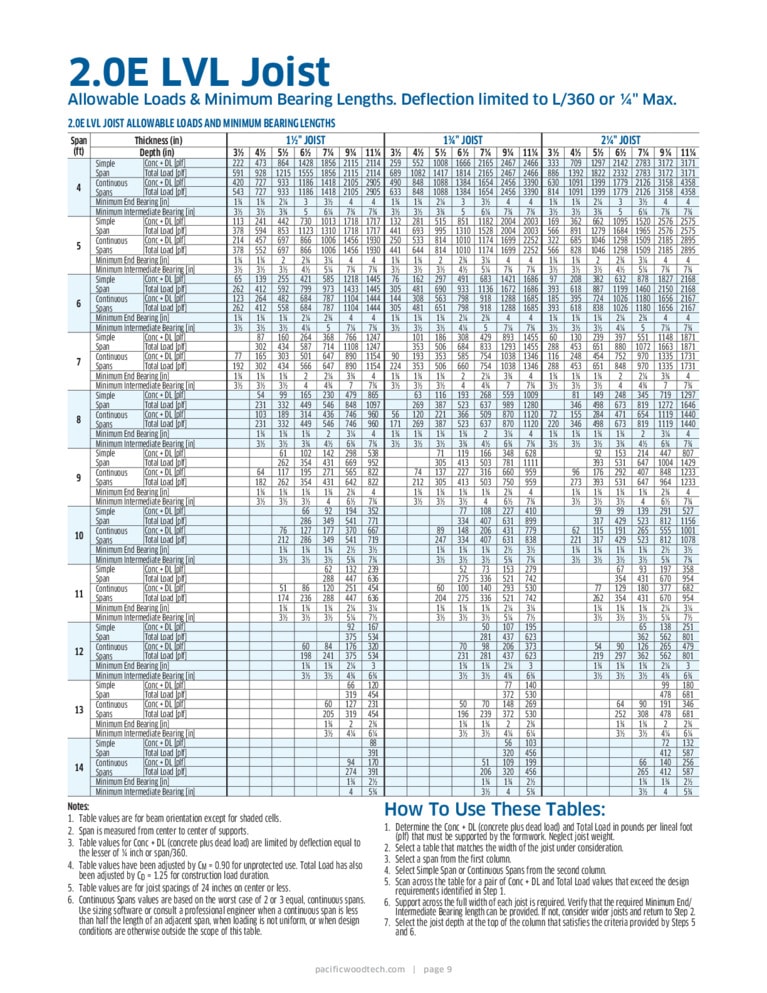
For example 1,150 lbs / in^2 is for pine 2 x 4's ( Max fiber stress by wood types). This requires you to look it up depending on what type of wood you have. Multiply the maximum bending moment found in step 2 by 12 to get inch-pounds and then divide that result by the allowable fiber stress in your wood beams to get the section modulus in inches cubed. This means that for the beam to work it must meet two requirements: supporting itself and having the rest of the support beams not to fail. To determine if it can or can't, do a similar calculation, finding the section modulus it needs to support and what it can support. What a horizontal beam does is divide the load between the two beams that support it, so long as the horizontal beam itself can take the load. For example if the span between two beams is 12 ft and 600 lbs is at this section then the maximum bending moment would be 12 x 600 / 8 = 900 ft-lbs. This would be determined by how much load at a given distance a beam has to hold. Actually calculate it out as this is one of the major factors.Ĭalculate maximum bending moment for each wood beam.

For a flat roof with snow loading 25 lbs / ft^2 is usually used and 50 lbs / ft^2 for rooms heavily walked on.

This means your resulting modulus should be 2 times what is required.:ĭetermine the total weight of the roof. Use a Factor of safety of 2.0 for structural loads. Of course every house and roof is different so modify to get better results. I see this question often in many forms so I will do my best to outline what is needed for a load calculation in general.


 0 kommentar(er)
0 kommentar(er)
